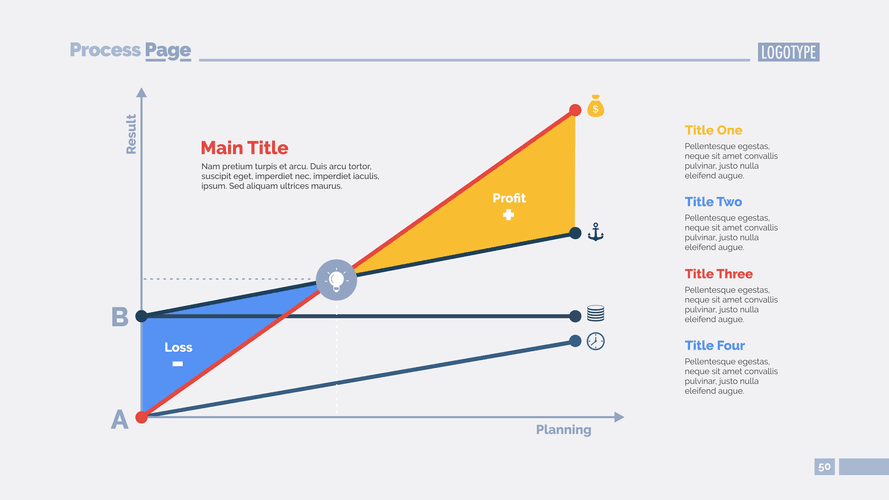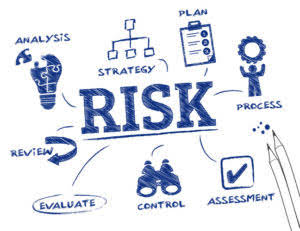Understanding and Managing Notes Receivable in Financial Reporting - HostExpert
October 18, 2022

However, it’s important to remember that notes receivable also come with risks such as the possibility of default or delayed payments. Therefore, careful management and monitoring of these assets is crucial to ensure success. Another benefit is that Notes Receivable typically offer higher interest rates than other forms of financing, such as bank loans or lines of credit.

Are the Accounts Receivable Current or Non-assets?
It is important to note that this accrued interest is recognized as a separate line item from the principal amount of the notes receivable, ensuring clarity in the financial statements. It is not unusual for a company to have both a Notes Receivable and a Notes Payable account on their statement of financial position. Notes Payable is a liability as it records the value a business owes in promissory notes. Notes Receivable are an asset as they record the value that a business is owed in promissory notes. A closely related topic is that of accounts receivable vs. accounts payable. For example, a company may have an outstanding account receivable in the amount of $1,000.

Comparing Notes Receivable with Other Balance Sheet Items
- Explore the intricacies of notes receivable, from initial recognition to liquidity analysis, to enhance your financial reporting accuracy.
- The maker of the note receivable, along with a principal amount, must also pay interest on it.
- As the length of time to maturity of the note increases, the interest component becomes increasingly more significant.
- Our writing and editorial staff are a team of experts holding advanced financial designations and have written for most major financial media publications.
For a note that crosses accounting periods (months or years), interest is recorded as it is earned using an account called Interest Receivable. The role of notes receivable in liquidity analysis cannot be understated. They are a key indicator of a company’s ability to convert assets into cash and meet short-term obligations. Analysts often scrutinize the aging schedule of notes receivable, which categorizes outstanding notes by their due dates.

How Are Notes Receivable Recorded?
The Bullock Company’s journal entries for 1 November 2019, 31 December 2019, and 31 January 2020 are shown below. It is possible to combine the previous two entries by debiting Notes Receivable and crediting Sales. In this example, interest is based on the fact that the note has been outstanding https://x.com/BooksTimeInc for 62 days.

The initial solution was to categorize some leases as capital leases, which are essentially purchases of the asset. For example, if a business wants to borrow $7,000, Square might charge a total of $7,910 for the loan. Upon approval, the $7,000 is deposited into the business’s checking account the next day and then Square charges 9% of the business’s credit card sales each day until the $7,910 is fully paid. Square says that the advantage of this percentage-of-sales method is that the business does not have to make large payments when business is slow. The percentage that Square charges stays constant until the loan is paid off fully.
- Square says that the advantage of this percentage-of-sales method is that the business does not have to make large payments when business is slow.
- The key difference between the two is that an accounts receivable does not involve a formal written agreement, while a note receivable does.
- But, briefly, if a bank is loaning cash (the bank’s Note Receivable) to a customer (the customer’s Note Payable), the credit would be to Cash for the bank.
- Maturity value is the amount that the company (maker) must pay on a note on its maturity date; typically, it includes principal and accrued interest, if any.
- Note Receivable amount represents the payment in full for the Note Receivable.
- In comparison, a note receivable is a loaner’s written promise to pay a specified amount at a specified date, typically with interest.
- It has a stronger legal claim than Accounts Receivable, meaning it is more likely to get paid than Accounts Receivable if the maker enters bankruptcy.
(a)”One year after date, I promise to pay…” When the maturity is expressed in years, the note matures on the same is note receivable a current asset day of the same month as the date of the note in the year of maturity. Additionally, managing and tracking multiple notes receivable can be time-consuming and require resources that smaller companies don’t have readily available. Notes receivable may not be suitable for every type of business since they tie up capital and may limit flexibility during times when liquidity becomes important.
- Accounting for the assigning or factoring of accounts receivable are topics that are typically covered in an intermediate accounting text.
- He has been the CFO or controller of both small and medium sized companies and has run small businesses of his own.
- On February 28 a similar entry will be made to record the interest revenue earned in February.
- With a promissory note, the third party who issued the note (called the maker) promises in writing, to pay an amount of money (principal and interest) to the business (called the payee) at a given time or on demand.
- Notes Receivable can be a valuable asset for businesses, but they also come with some drawbacks.
Non-current notes, on the other hand, have maturities exceeding one year and require more extensive documentation than their short-term counterparts. They may also be subject to different accounting treatment depending on whether they are secured by collateral or not. Notes receivable can be an important component of a company’s financial health – but it’s important to manage them carefully and keep track of all repayments and interest accruals. Both parties agree that the customer must reimburse the principal amount and a 10% interest on the note. Similarly, a note receivable gives the holder, or the lender, the right to receive the amount from the borrower. The maturity date of a note receivable is the date on which the final payment is due.
Is Notes Receivable A Current Asset In Business?
Record the conversion of the account receivable balance to note receivable. Among these, one customer with a $5,000 https://www.bookstime.com/articles/accounting-transaction-analysis wants to convert the balance to a note receivable. A note receivable also comes with a predetermined interest rate after a mutual agreement between both parties.







